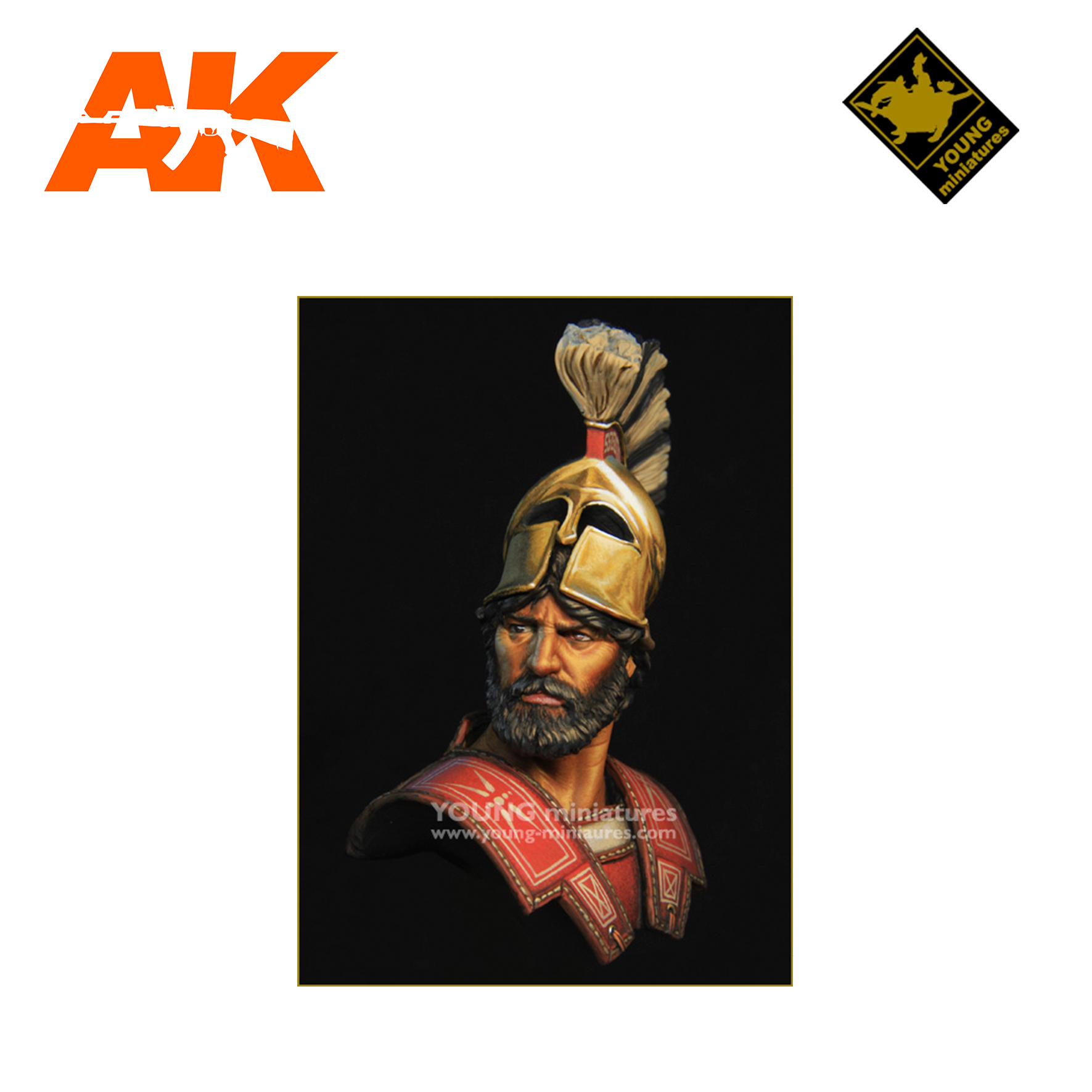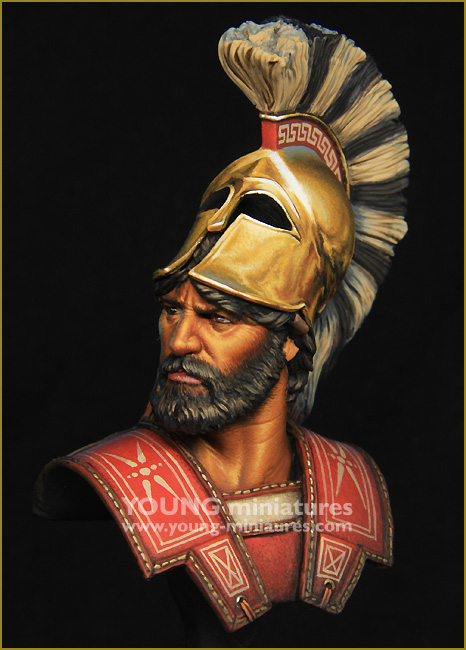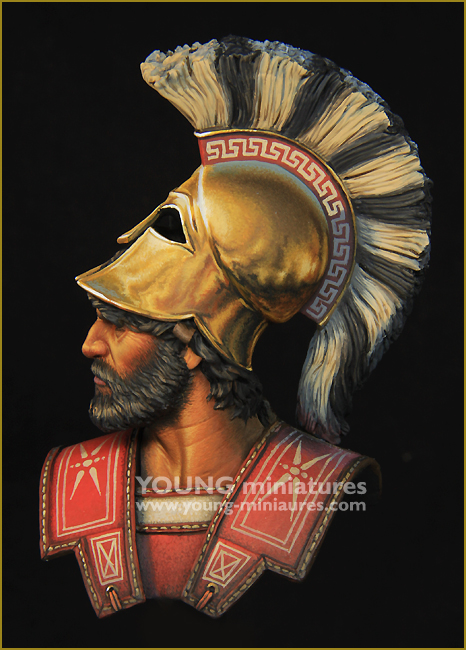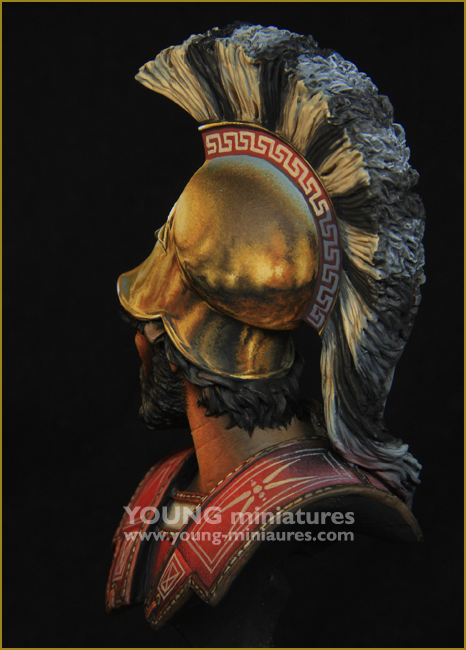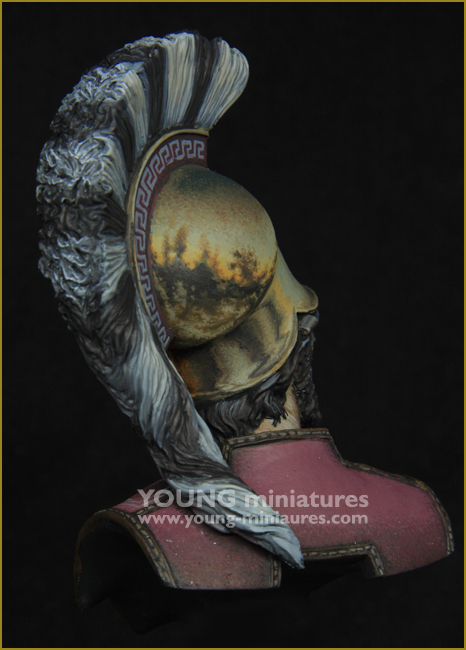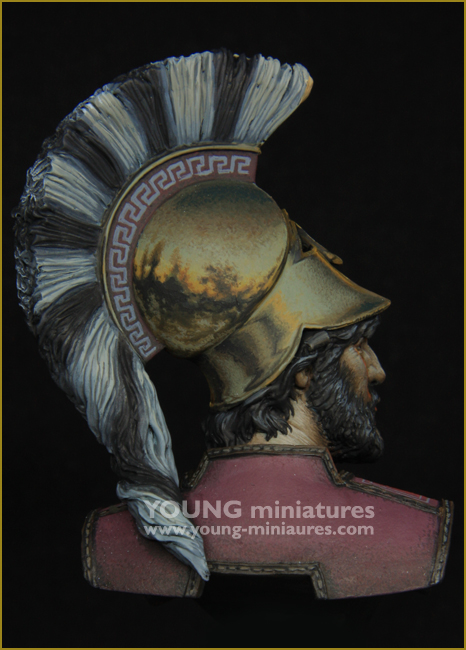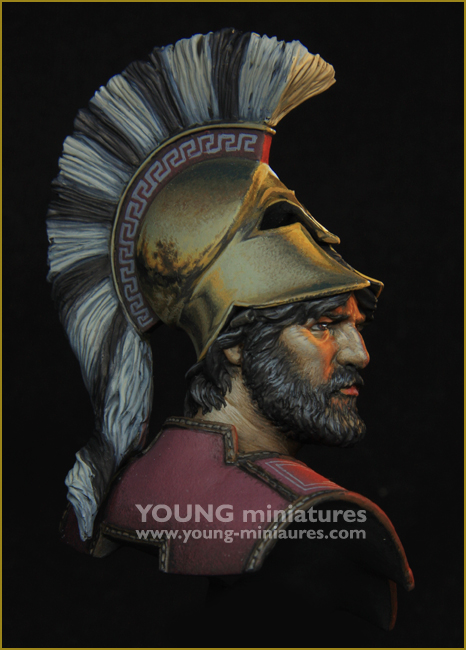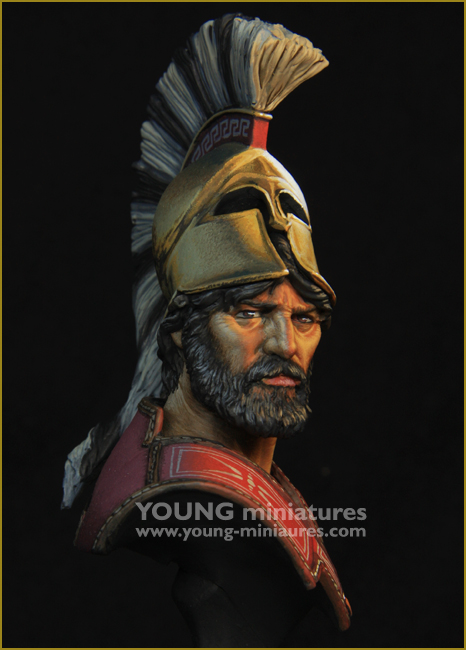Greek Hoplite
54,60€
In stock

*Please check our Privacy Policies to see how to we use your personal data.
*Por favor revisa nuestra Política de Privacidad para ver como tratamos tus datos personales
ENGLISH
ESPAÑOL
Title : [YH1864] GREEK HOPLITE
Size : 1/10 Scale
Material : Resin
Weight : 150g
Pieces : 5
Sculpted by Young B Song
Painted by Kirill Kanaev
Título: [YH1864] GREEK HOPLITE
Tamaño: escala 1/10
Material: resina
Peso: 150g
Piezas: 5
Esculpido por Young B Song
Pintado por Kirill Kanaev

